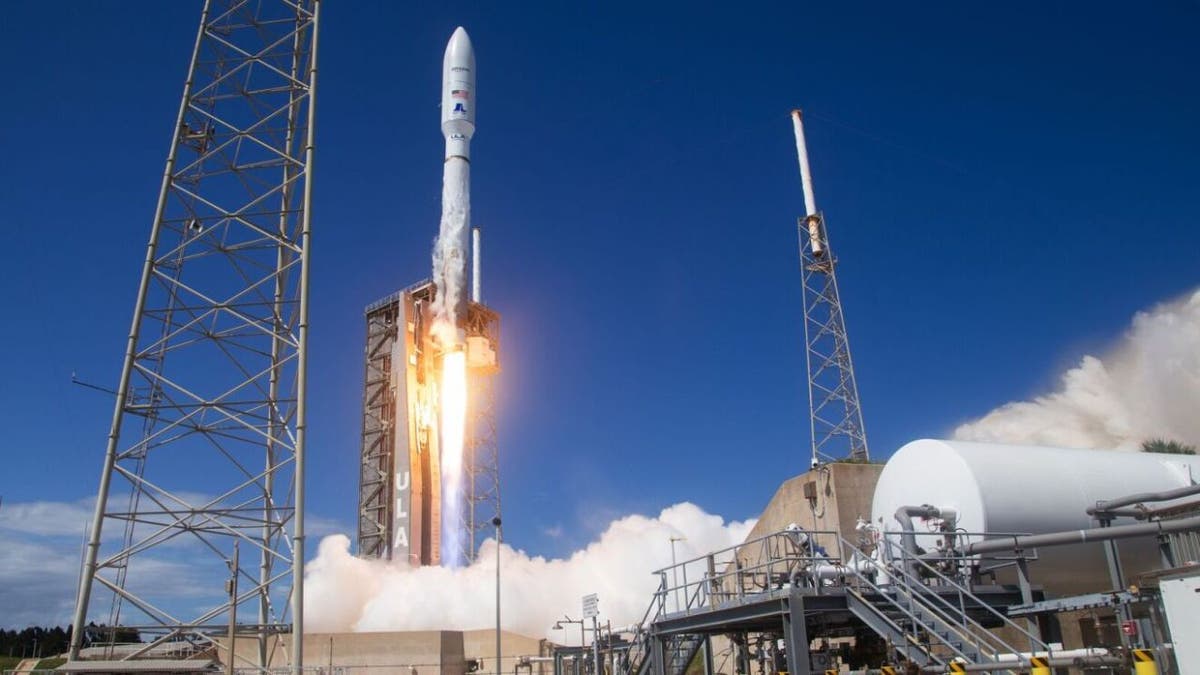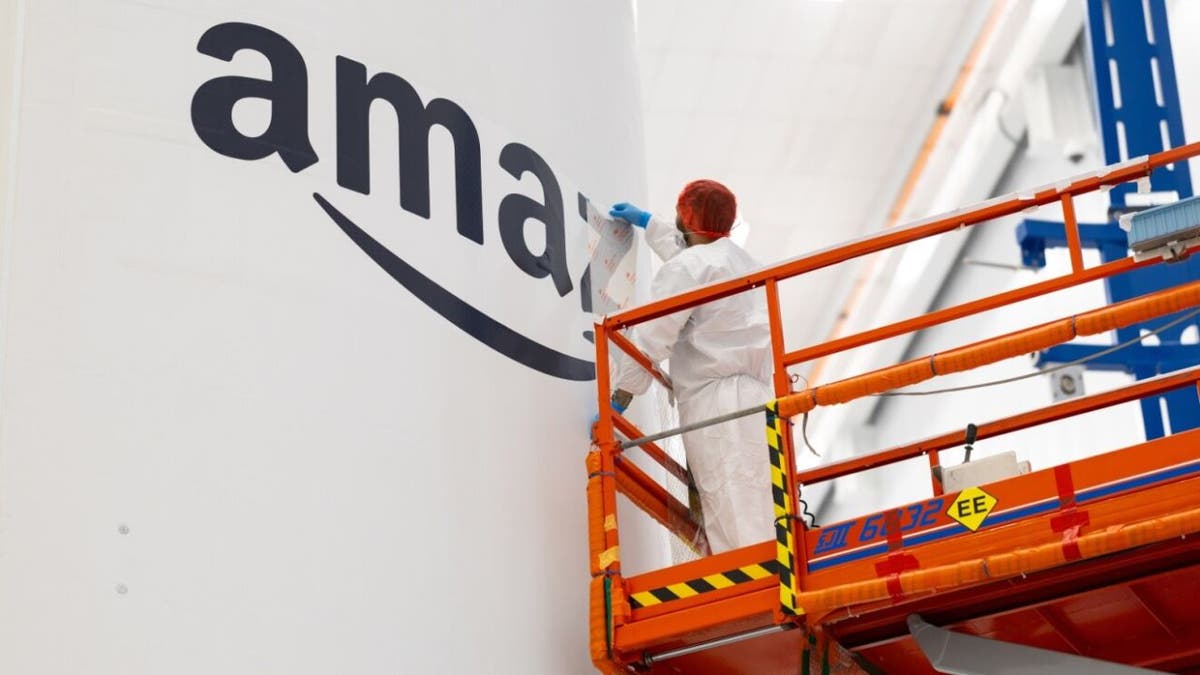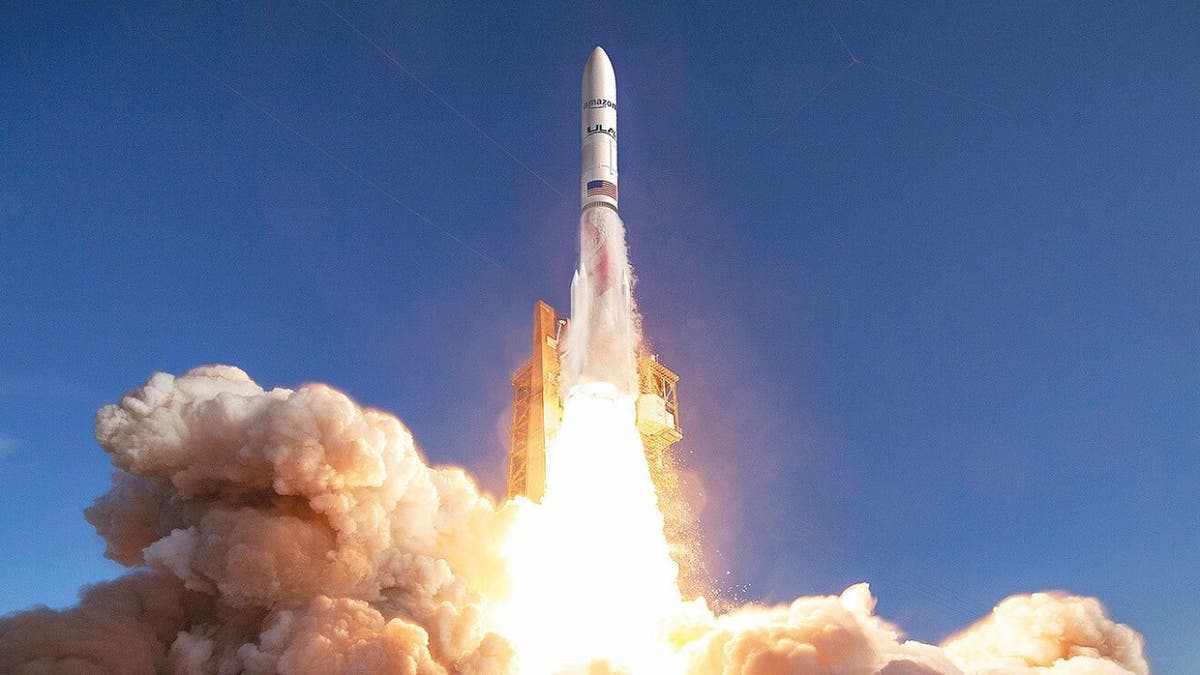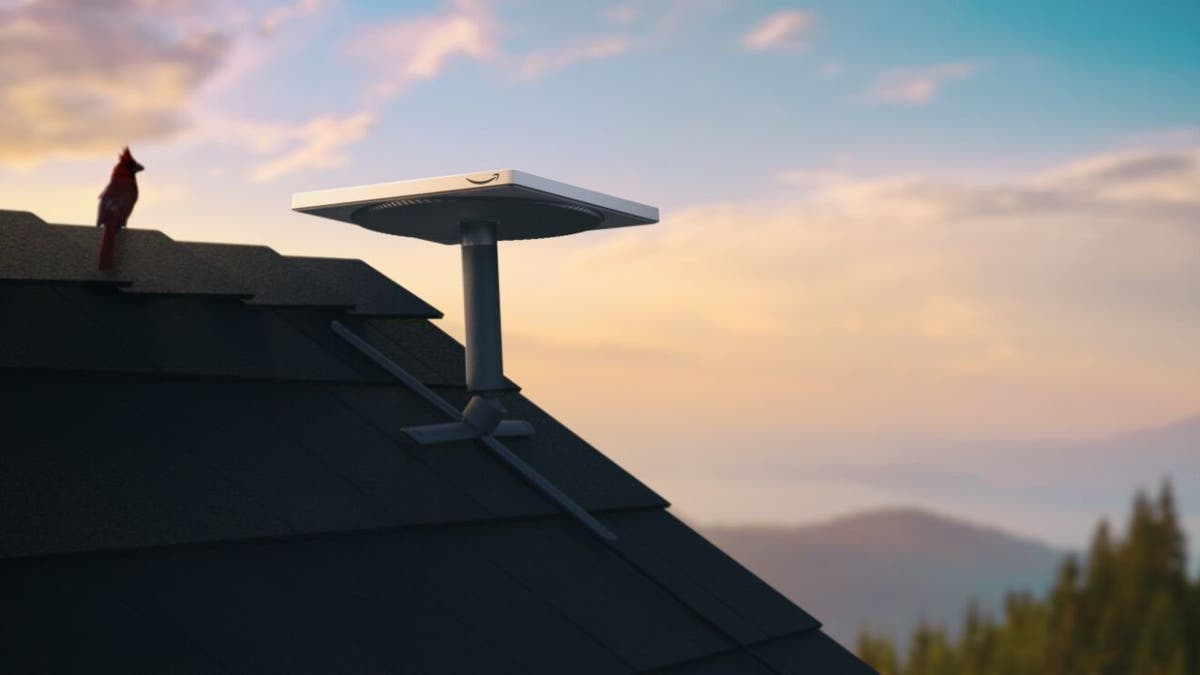Imagine that you are able to access the Internet from anywhere in the world whether you are in a city or remote area. For many of us, reliable internet is a given, but for a few million people it remains a luxury.
That is why Amazon’s project is making the title with its ambitious plan to bridge the digital division of Quaper.
On April 23, 2021, the project successfully launched the first full batch of satellite in orbit and took a monument. This mission, called “Ka -01” (Qiper Atlas 1), has identified the launch of Amazon’s journey to provide fast, affordable internet in remote areas and remote areas.
Join on the “Cybergui Report” for free:: My expert technology tips, critical security warnings and exclusive deals, as well as get my instant access Inadvertently ”The final scandal guide to survive ” Sign up when you are!
Advanced satellite (Amazon)
KA -01 Mission: A bold first step
The KA -01 mission has deployed 27 advanced satellites in the lower world orbit at a height of 280 miles (450 km). This launch has been transferred Project Quiper From the prototype test to the full-scale deployment. Each satellite was equipped with phases, including array antenna, for optical inter-setelite links to enable the electrical propaganda system and satellite for adjustment of high-speed data transmission, advanced processors, orbital combinations.
In addition to their technical sophistication, a unique dolitric mirror coating designed to reduce sunlight on satellites and reduce their visibility from the earth is a thoughtful innovation to solve astronomers about light pollution.

Launch of the advanced satellite (Amazon)
How secure is my password? Use it in this test
A record breaking rocket launch
To run this Historic Tihasik Mission, United Lunch Alliance (ULA) launched his Atlas V Rocket in its most powerful configuration. KA -01 Pay -load is the heaviest to fly in Atlas V Rocket. The launch vehicle included a huge pay -load fairing of five hard rocket boosters and height 77 feet and width of 16.4 feet in height.
The successful establishment of these satellites was the first of many planned launches. In the coming years, the ULA will conduct additional missions using both Atlas V and Volcan Center rockets. Amazon has also parted with SpaceX, Blue Origin and other launch suppliers for setting up more than 3,200 satellites as part of its first generation stars.

Advanced satellite (Amazon)
How to get a cheap Amazon Prime Membership
From deployed to connection
After the recent introduction, the ULA operates the initial installation sequence from its advanced Spaceflight Operations Center at the Cape Canaveral Space Force Station in Florida. When the satellites are separated from the rocket, the control is transferred to the Mission Operations Center of the Project Quiper in the Redmond of Washington.
Each satellite took multiple automated steps to activate the onboard systems and began using the electrical trend for climbing the height of the final orbit of 392 miles. Traveling at more than 17,000 miles per hour, these satellites now round the earth every 90 minutes.
The final target of the KA -01 was not just setting, but the end of the network connection from the end to the end. These include sending back data to satellites and customer antenna through ground stations, a process that will enable even high-speed internet services to the most distant locations in the world.
What is artificial intelligence (AI)?

Launch of the advanced satellite (Amazon)
9 best features of Amazon Prime You may not know
What is the project Quiper’s next
The successful KA -01 mission was just the beginning for the project qui. As more than 5 launches are protected across multiple suppliers, Amazon is increasing satellite production and deployment rates to prepare for service supply later this year. The next mission, the KA -02, is already running and a ULA Atlas V Rocket, which is already underway from Cape Canaveral.
By deploying advanced satellite technology on a scale, providing reliable internet access to millions of people who target Project Qiper who currently lack connection, empower people and convert worldwide communities.
Subscribe to Cart’s YouTube channel for quick video tips on how all your technology device will work

Satellite receiver (Amazon)
Never lose cell service with this Space-Ez Satellite Tech
How does the project qui -stack up against Sterlink
Amazon’s project Quiper and Sterlink of SpaceX The satellite is at the top of the Internet Revolution, whose aim is to provide high-speed connections to the lower and remote areas. Both systems share similarities, such as using lower Earth orbital satellites for a decreased delay, they separate satellite designs, pricing and separated on the main aspects of service goals.
Satellite constellations and coverage
Starlink: Already in the orbit, there are more than 5,7 satellites and stars up to 12.5, Starlink is currently leading the deployment. Its satellites allow the orbit, about 248 miles away, for less delay but more satellites are needed for global coverage.
Project Quiper: Qiper is planning to set up more than 3,200 satellites by circling 311 miles away. This high height provides broad coverage per satellite, but due to distance, signal strength is reduced by 40% compared to sterling. In order to compensate, Quiper satellites use larger antenna to maintain performance.
Make Fox business by clicking here
Speed and performance
Starlink: Standard provides up to 50Mbps from 50 Mbps to 250Mbps and up to 1 Gbps for premium users. Lenancy is usually 20 to 40 milliseconds.
Quiper: Plan to provide three level services:
- Extra-Compt Model: Speed up to 100 Mbps for portable applications
- Standard Model: Speed up to 400 Mbps for residential and small business use
- Higher-Bandwidth Model: Enterprise speed up to 1 Gbps for users. The use of KA Frequency Band in Qiper provides higher theoretical bandwidth but more signals in thicker clouds than Sterlink’s Ku bands may face more attention
Pricing
Starlink: It currently charges $ 599 for its standard receiver and $ 2,500 for its high-performance model. Range from monthly service expenditure $ 80 to $ 120The
Quiper: Amazon’s standard receiver is expected to cost less than $ 400 to produce, the hardware prices of Sterlink reduce significantly. Although the service price has not been determined, Amazon’s expenditure-sacrifice suggests that it can provide more affordable options.
Deployment
Starlink: Already managed with a million customers worldwide and a major inauguration of deployment. See if this is available in your region Click hereThe
Quiper: Amazon launched the satellite launch early 2025 with the first batch of satellite on April 9, 2025. It is planned to start customer service later this year. Under the FCC requirements, it must be set up half of its stars in the middle of 2026.
Satellite messaging of iPhone: an important lifeline during the storm
Cart’s key -techwes
This is still the first day for Project Quiper, but the first full-scale satellite launch of Amazon shows how serious the company is about to close the connection gap. When Sterlink’s head begins, the Qiper is coming up with new competition and innovation at the table. If everything goes according to the plan, then millions of more people around the world can have access to the Internet, no matter where they are.
Click here to get Fox News app
Are you excited or skeptical about the idea of global internet coverage from space? Let us know by writing this Cybergie. Com/contact.
For my more technical tips and security warnings, my free cybergui report is subscribing to the newsletter Cybergie. Com/Newsletter.
Ask a question to the cart or let us know what stories you want to cover.
Follow the cart on its social channels:
The most asked Cybergui questions Answer:
New from the cart:
Copyright 2025 Cybergui.com. All rights are reserved.
Leave a Reply